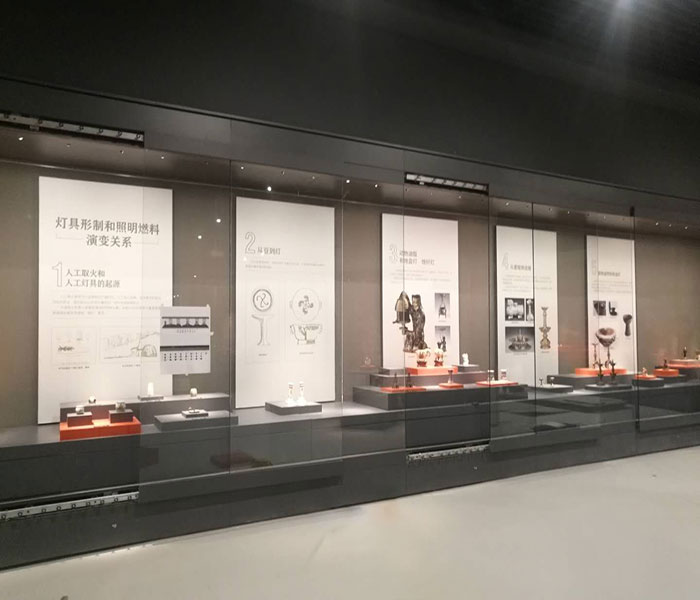Low-reflective picture frame glass plays a vital role in the display and protection of artwork. Not only does it provide physical protection from direct damage to the artwork, but it also enhances the display of artwork by significantly reducing light interference through its unique anti-reflective properties. In this article, we will take a closer look at how low-reflective picture frame glass can play a role in reducing light interference and how this innovative material can optimize the visual experience and protect valuable artwork.
Understanding the impact of light interference
Light interference is an important factor in the display of artwork. When light reflects off glass surfaces, it creates glare and shadows, which not only affects the viewer's vision but can also to distortions in the color and detail of the artwork. Exposed to strong light interference for a long time, the material of the artwork may also suffer damage, such as color fading and material aging.
Second, the technical principle of low-reflection picture frame glass
Low-reflection picture frame glass is coated with one or more layers of films with a specific refractive index on the glass surface to achieve the anti-reflection effect. These films can change the way light travels on the glass surface, reduce the light reflected in the environment, and thus increase the proportion of transmitted light through the glass. High-quality low-reflection coatings not only reduce the reflection of visible light but also block ultraviolet light and part of the harmful spectrum, protecting artwork from its potential damage.
Advantages of low reflection picture frame glass
Enhances viewing clarity - By reducing light reflection off the glass surface, low-reflection picture frame glass provides a clearer view of the artwork, especially in brightly lit environments.
Protects artwork - The UV filtering capabilities of low-reflective glass help to extend the shelf life of an artwork, preventing color fading and material degradation.
Reduces maintenance costs - Low-reflective framed glass reduces long-term maintenance costs by reducing the need for frequent glass replacement for cleaning and maintenance.
Improve display quality - In art exhibitions, low-reflective glass can provide a more realistic and professional display effect, enhancing the audience's artistic experience.

Application Examples of Low Reflective Framed Glass
Art galleries and museums - In public exhibition venues, low-reflective framed glass is widely used in picture frames and display cabinets to protect artworks and provide the desirable viewing effect.
Private Collections - For private collectors, the use of low-reflective glass allows the true beauty of the artwork to be appreciated in any lighting condition in the home.
Photography and Image Display - In the display of photography and digital art, low reflective glass can reduce screen reflections and improve the clarity and contrast of images.
Architectural Design - In the field of architecture, the use of low reflective glass can reduce the glare problem of windows and curtain walls, providing better visual comfort.
V. Future Outlook
With the development of technology, there may be greater breakthroughs in anti-reflective technology in the future. Researchers are exploring new materials and nanotechnology to achieve more efficient anti-reflective performance. In addition, the research and development of smart glass technology will further expand the application scope of low-reflective glass, such as varying light transmittance and reflectance through external control to meet the needs of different environments.
VI. Conclusion
Low-reflective picture frame glass is an important material in the field of art display and conservation. It improves the display of artworks by reducing light interference, and at the same time provides the necessary protection for artworks. With the continuous upgrading of anti-reflective technology, its advantages and applications will be further expanded. Art collectors and gallery workers should fully understand the performance of low-reflective glass to choose the right product to protect precious artworks. Meanwhile, with the advancement of technology, we expect low-reflection glass to bring more surprises in the future, providing more possibilities for the protection and display of artwork.





